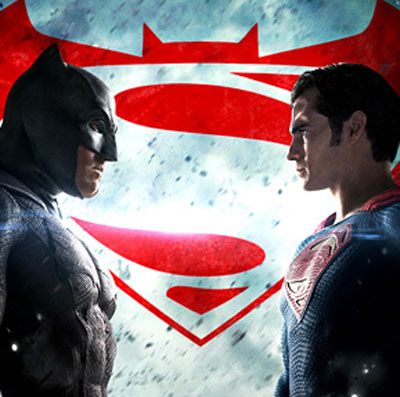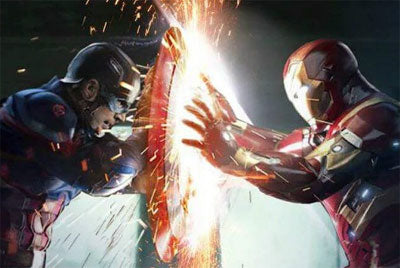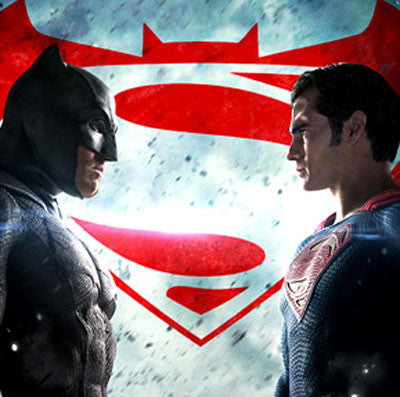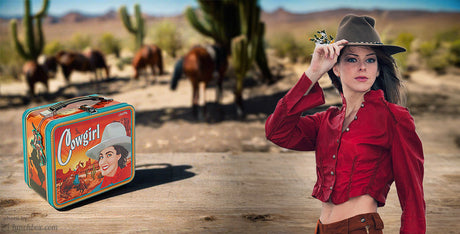This weekend, audiences will pile into a darkened theater to witness angry superheroes slam their fists into the screaming faces of opposing superheroes. Or was that last weekend? Or last month? The blockbuster fare this year has been stacked with back-to-back superhero slugfests, starting with the Daredevil’s Matt Murdock being beaten bloody by New York’s latest anti-hero, The Punisher, in the second season of Netflix's "Daredevil" series. Then came Warner Bros.' showdown of comic book heavyweights in “Batman v. Superman: Dawn of Justice.” And now it’s time for the prizefight: Iron Man (Robert Downey Jr.) and Captain America (Chris Evans) will face off in Marvel’s “Captain America: Civil War” this weekend.
The blockbuster fare this year has been stacked with back-to-back superhero slugfests, starting with the Daredevil’s Matt Murdock being beaten bloody by New York’s latest anti-hero, The Punisher, in the second season of Netflix's "Daredevil" series. Then came Warner Bros.' showdown of comic book heavyweights in “Batman v. Superman: Dawn of Justice.” And now it’s time for the prizefight: Iron Man (Robert Downey Jr.) and Captain America (Chris Evans) will face off in Marvel’s “Captain America: Civil War” this weekend.
How did it come to this? How did the slate get overloaded with comic book heroes duking it out? Even “The Huntsman: Winter’s War” took up the "versus" marketing mantle by pitting Charlize Theron’s and Emily Blunt's queens against each other. Is there a limit to the amount of times the audience can be entertained by elaborately costumed adults punching each other mercilessly?
The good guy throw-down isn’t an entirely new notion — comics have a long history turning hero against hero. Jack Kirby and Stan Lee matched the Hulk against the Thing back in 1964, Batman knocked out Green Lantern with “one punch” in 1987, and Jessica Jones took on the Avengers in 2001 in Brian Michael Bendis’ “Alias” (which would later become story fodder for Marvel’s lauded Netflix series). Be it mind control or sheer bravado, letting the good guys go at it has long been a part of the DNA of the glossy pages.
Ever since there have recognizable protagonists in the media, there's been an appetite for watching them duel. Godzilla vs. King Kong, Freddy vs. Jason, Bruce Lee vs. Chuck Norris or, as Jerry O'Connell muses in “Stand By Me,” “Do you think Mighty Mouse could beat up Superman?” So what is it about taking out our favorite toys and bashing them against each other that brings us so much joy?
“It does feel like there’s a trend to pit the good guys against each other,” said psychologist and host of the “Arkham Sessions” podcast Dr. Andrea Letamendi. “This is a concept that’s part of a larger theme of the general audience’s interest in good versus bad. What makes someone good and what makes someone evil? What does that say about our conceptualization about what makes society just or good? That’s incredibly fascinating to us.”
But how did all these battles royale wind up crammed into 2016? If last year’s summer lineup is any indication, it might just be our nature to deconstruct. The summer fare of 2015 was all about family building, or, to be more precise, parenthood. “Ant-Man’s” driving force throughout the whole of his film is to be reunited with his daughter, “Avengers: Age of Ultron” struggled with Black Widow’s ability to conceive amid the larger Avenger family trials. “Inside Out,” “Jurassic World” and even “Terminator: Genisys” were all about trying to preserve the nuclear bonds of family. Perhaps if last year was all about bringing characters together, then it follows that this year would need to rip everyone apart. “I think it all goes back to [the question of] what truly makes us good?” Letamendi reiterated. “What makes us moral? More and more these films are muddying those definitions of us. [And today] It’s not as black and white as it used to be on film. You think about Christopher Reeve’s Superman and Michael Keaton’s Batman — now we’re seeing a grittier, darker and more muddied conception of what is a hero. It’s less dichotomous. And by having heroes battle each other physically, it forces us to [ask], 'Well which side would we be on?'”
“I think it all goes back to [the question of] what truly makes us good?” Letamendi reiterated. “What makes us moral? More and more these films are muddying those definitions of us. [And today] It’s not as black and white as it used to be on film. You think about Christopher Reeve’s Superman and Michael Keaton’s Batman — now we’re seeing a grittier, darker and more muddied conception of what is a hero. It’s less dichotomous. And by having heroes battle each other physically, it forces us to [ask], 'Well which side would we be on?'”
This is exactly what directors Joe and Anthony Russo aim to do in their follow-up to “Captain America: Civil War,” the “Avengers: Infinity War” two-parter. “We can take everything that Marvel has done up to this point and we can totally deconstruct it,” Joe Russo said in a previous interview with the Times. And after they deconstruct it, they can put it back together again.
That push-and-pull, that feeling of tension and anxiety, is what, according to psychiatrist Dr. Joshua Freedman, makes the experience of watching this kind of cinematic combat pleasurable. “There’s a region of the brain called the amygdala which is where we feel anxiety," Dr. Freedman explained. "But [that sensation] is like a spice, or salt. Where too much of it is really unpleasant, a little seems to enhance our sensation of certain things such as excitement. In lots of situations, such as having sex, there’s a pleasure area or a reward area called the ventral striatum that lights up, but there’s also a bit of lighting up in the amygdala. There’s a combination of pleasure and excitement and that’s going on. That’s also true watching boxing matches, etc. When we add something like fighting or battling between a familiar setting [between] characters we like, that [anxiety] enhances the situation as opposed to pure pleasure."
Original article by Meredith Woerner appears in the Los Angeles Times.
Photo courtesy of Warner Bros and DC Comics






